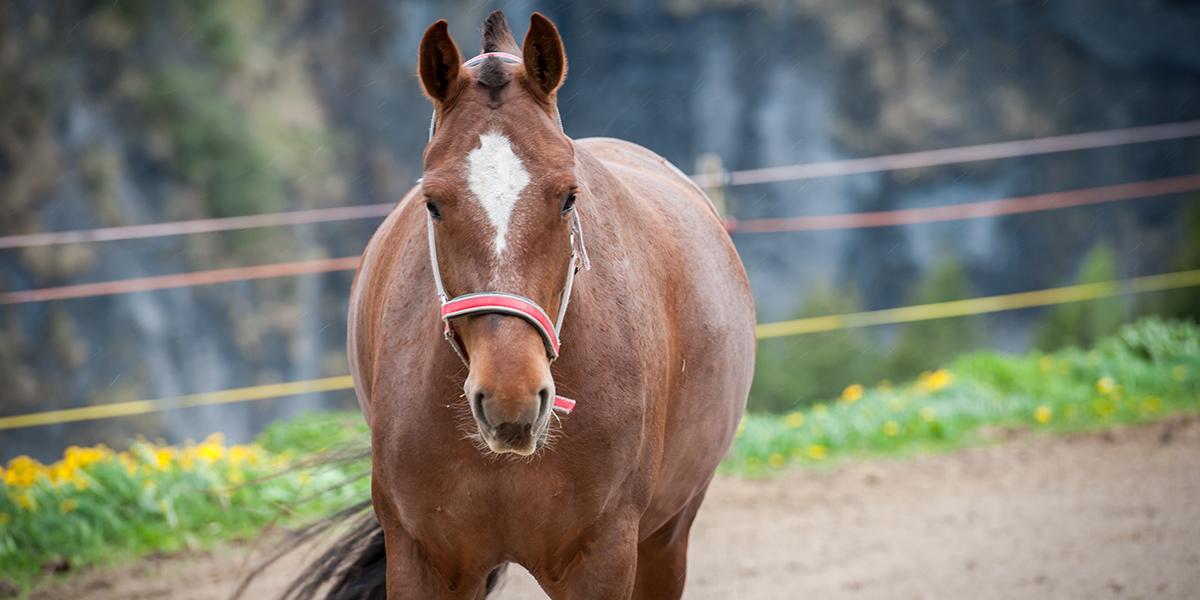Researchers at the Trumble Lab at the University of Minnesota College of Veterinary Medicine are making strides in two areas of equine health that aim to aid in the early definitive diagnosis of equine lameness.
Osteoarthritis
It is estimated that osteoarthritis, an orthopedic disease caused by the breakdown of cartilage and bone at the joint, leads to 60 percent of equine lameness. So the team, led by Troy Trumble, DVM, PhD, MS, an associate professor in the Department of Veterinary Population Medicine, is analyzing biomarkers, a measurable indicator of the severity or presence of a disease, to aid in the early diagnosis of osteoarthritis. This can result from either abnormal forces on normal joints, or normal forces on abnormal or diseased joints.
Biomarker analysis involves examining molecules in the joint fluid that represent breakdown or altered production of the major components of cartilage and bone in the joint. Scientists hypothesize that measuring biomarkers could aid in the early diagnosis of osteoarthritis in order to implement therapy sooner to decrease pain, or joint disease progression.
Gait analysis
Gait analysis, which is the systematic study of animal locomotion, is divided into kinetics and kinematic. The team is evaluating the role gait analysis has in diagnosing subtle and multi-limb lameness in horses. Kinetics is the direct measurement of the forces acting on a body. The University of Minnesota Piper Equine Hospital houses a lameness runway with an in-ground force plate for kinetic measurement in horses. Kinematics measures the position, speed, and acceleration of a movement outside of the forces causing these changes. Kinematic methods rely on commercially available systems to capture a horse’s motion.
Looking ahead
One of the major knowledge gaps in the field of equine gait analysis is how clinical interventions, such as nerve or joint blocks and treatments, affect kinematics and kinetics. Researchers at the CVM have recently started a project with their teaching herd to evaluate the effects of nerve and joint blocks on naturally occurring lameness using the college's kinematic and kinetic technology. They plan to report our findings in the coming year. They hope these findings will propel the clinical use of kinematic and kinetic tools, in conjunction with the traditional lameness exam, to aid in the diagnosis of subtle and multi-limb lameness.




